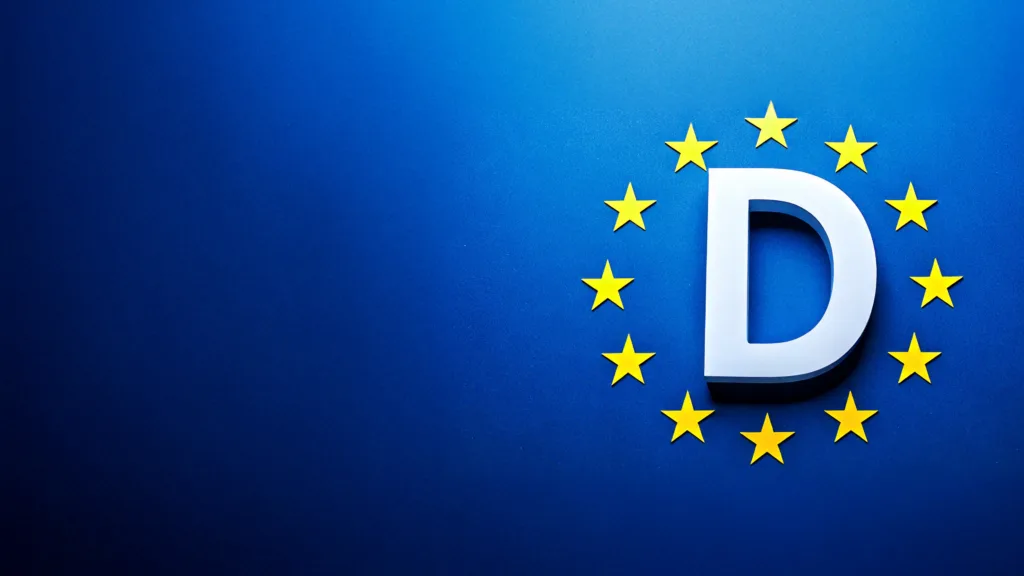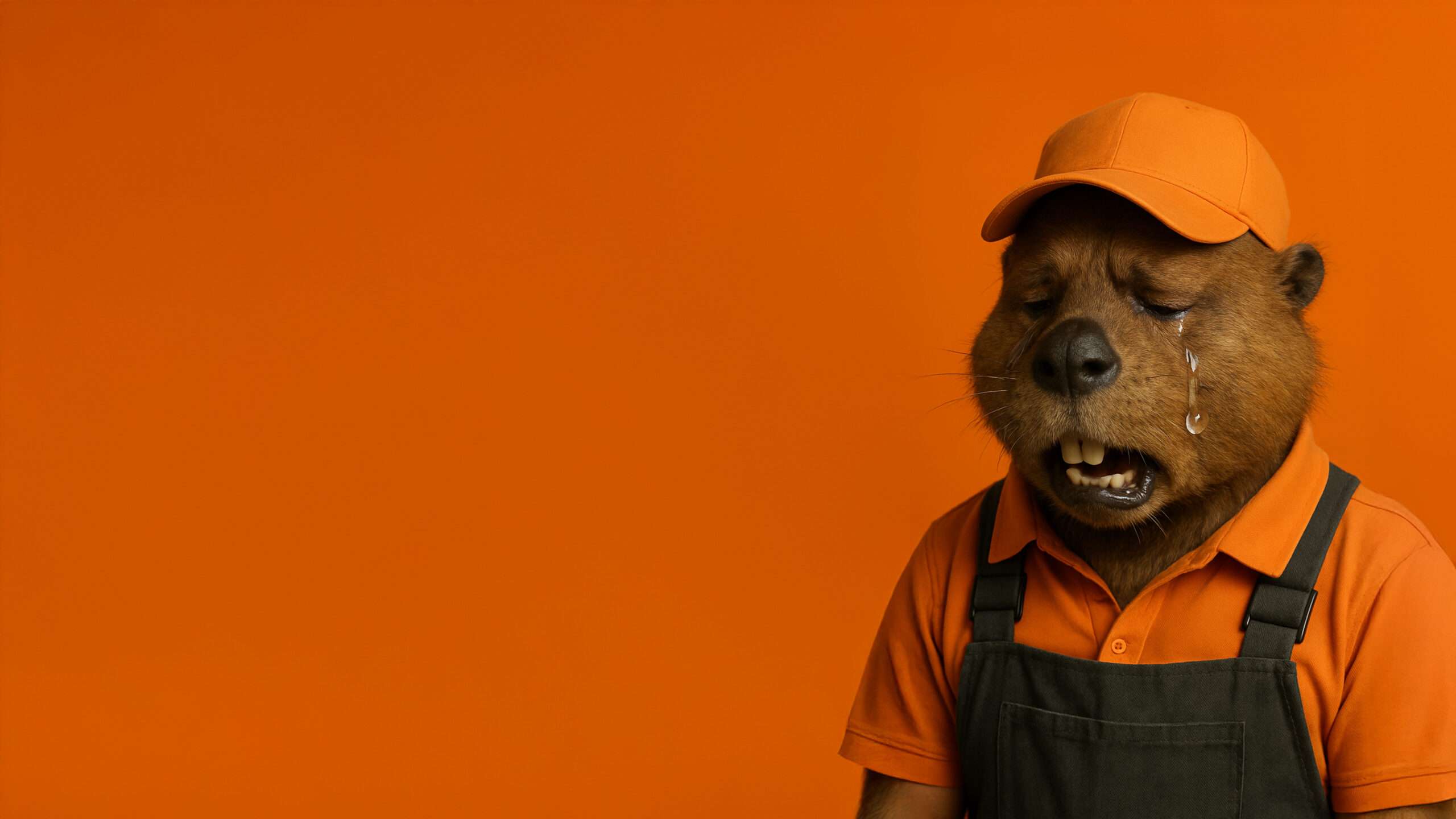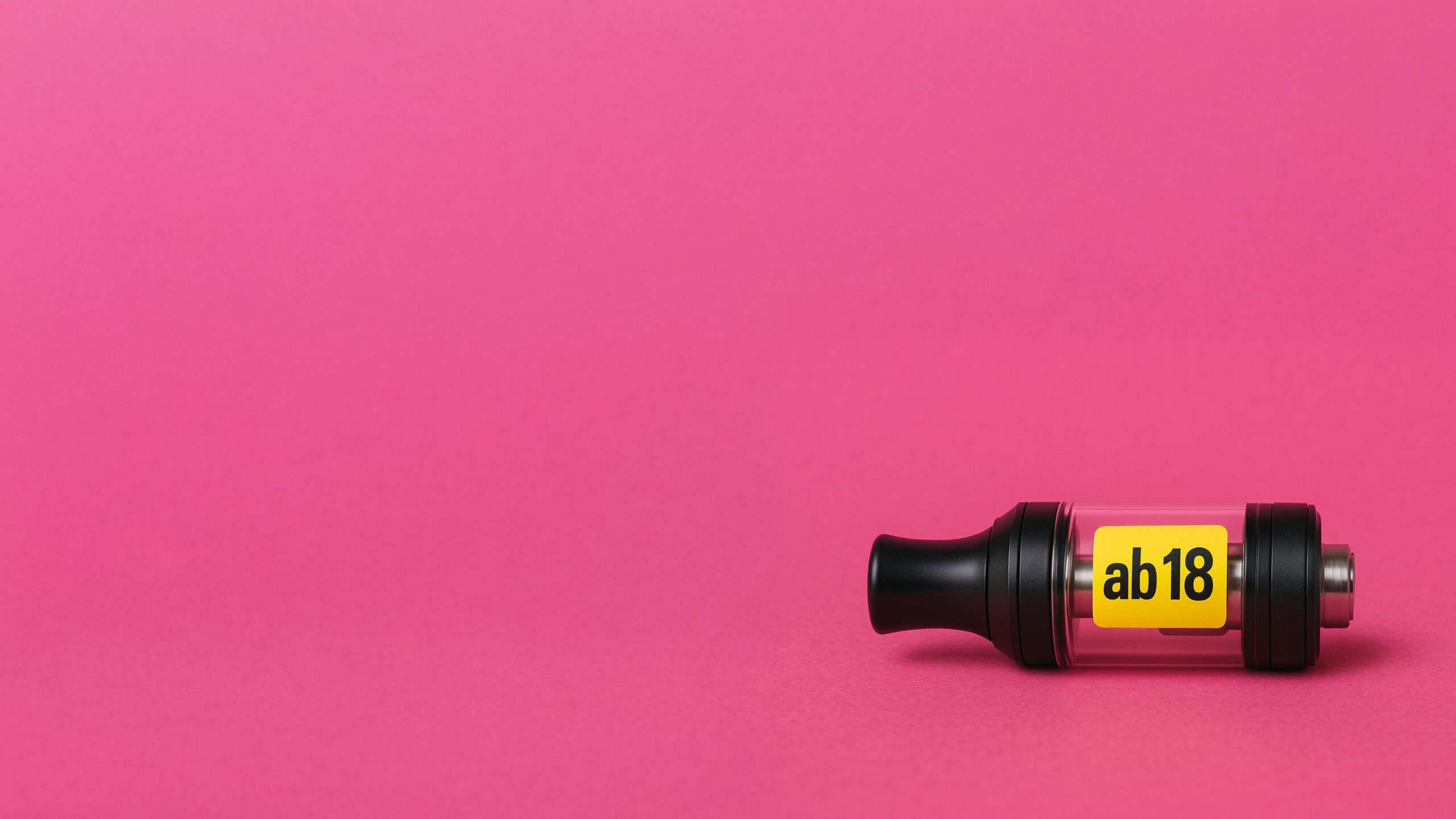
EU RefoRM
of the
Design law.
EU RefoRM
of the
Design law.
from
The EU has modernized design law in the EU. Shortly before the new regulations are applied, we will once again present the changes resulting from the new regulations in design law.
Reform of EU design law
Regulation (EU) 2024/2822 of 23 October 2024 modernizes the previous Community Design Regulation and further develops European design law . This reform aims to adapt the protection of designs to the requirements of the digital age, simplify procedures and promote harmonization within the EU.
The need for this reform arises from the rapid technological development, particularly in the area of digital designs and new manufacturing technologies such as 3D printing. Competition in the spare parts market is also to be strengthened and legal certainty for companies increased.
The regulation came into force on December 8, 2024, with staggered application to allow companies and authorities to gradually adapt to the new regulations:
- May 1, 2025: Start of partial application of the new regulations.
- July 1, 2026: Full application of the regulation.
Name change
The Community design becomes the EU design. It remains incomprehensible why the step to Union design was not taken straight away. It would be time to abandon the outdated term “Geschmacksmuster”, as in German law. In English it is already called EU design.
Extended scope of protection
The definition of the term “product” has been expanded and now explicitly includes non-physical objects. These include, for example
- Graphical user interfaces
- Animated designs
- Holograms
- Virtual and augmented realities
This extension takes into account the increasing digitalization and the associated design forms and now also enables more design protection in the digital field.
Protection in the context of 3D printing
The regulation extends the laws of design owners to actions related to 3D printing. In future, it will be prohibited to create, download, copy, share or distribute files with a protected design. This increases protection against unauthorized reproduction through additive manufacturing processes. Until now, design rights holders have had to stand idly by.
New restrictions
Two new restrictions on exclusive laws are introduced.
- Identification and reference: Actions taken to identify or refer to a product as that of the holder of the design right. This is intended to enable the interoperability of the goods.
- Commenting, criticizing or parodying: Acts of commenting, criticizing or parodying are permissible in order to uphold the law on freedom of expression.
Repair clause for spare parts
A significant innovation concerns the so-called repair clause. Spare parts that are necessary to restore the original appearance of a complex product (e.g. vehicle mudguards) are excluded from design protection. This is intended to promote competition in the spare parts market and lead to lower repair costs for consumers.
Introduction of a labeling symbol
After there has long been a C in a circle in copyright law to indicate copyright and an R in a circle in trademark law to indicate a registered trademark, now comes the D in a circle for designs. Although its use is voluntary and has no legal effect on the protection status, it serves as an indication for third parties. One problem, however, is that many fonts do not yet include this new symbol, which is likely to make it difficult to implement at the beginning.
Authorization
The amended provisions on ownership serve to clarify responsibilities and stipulate that applications for changes in ownership can be submitted by the authorized person as part of procedures to determine eligibility.
These amendments ensure that legitimate owners can directly apply for a change of ownership without first having to apply for a declaration of invalidity of the design.
Changes to collective applications
The previous requirement that all designs in a multiple application must belong to the same class no longer applies. In future, up to 50 different designs, even from different classes, can be combined in a single application. Although the maximum number is limited to 50, this change should lead to a considerable reduction in costs for many design applicants due to the possibility of different classes in the same multiple application.
Automatic publication and possibility of deferral
Design applications will be published automatically in future. However, applicants still have the option of deferring publication by paying an additional fee of 40 euros. This continues to allow strategic flexibility, particularly in cases where a design is not yet to be made publicly accessible.
Revision of the fee structure
The fee structure has been simplified. The application fee for a design or the first design in a multiple application will be €350 in future. The division into application and publication fees no longer applies. An additional fee of €125 will be charged for each additional design in a collective application. The previous discount from the 11th design onwards will no longer apply, meaning that the official fees for multiple applications will increase. In addition, the renewal fees have also been significantly increased.
Collective applications and renewals will be slightly more expensive from 01.05.2025 due to the increase in official fees.
Conclusion
The reform of European design law brings with it comprehensive modernizations that adapt the protection of designs to the requirements of the digital age. Companies should familiarize themselves with the new regulations and adapt their application and protection strategies accordingly. The staggered introduction offers the opportunity to gradually adapt to the changes.
If you still want to save costs, you should consider whether to register designs in the EU before 01.05.2025, especially in the case of multiple applications.
We are happy to
advise you about
Design rights!







